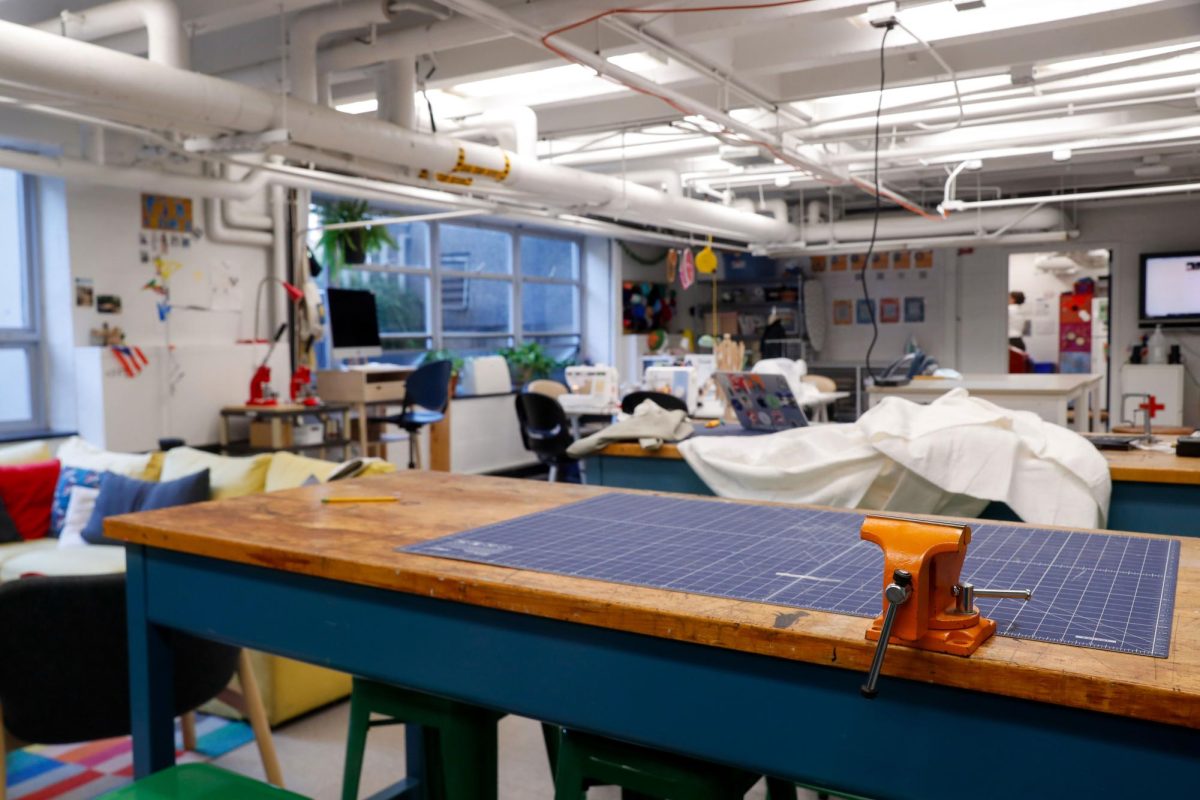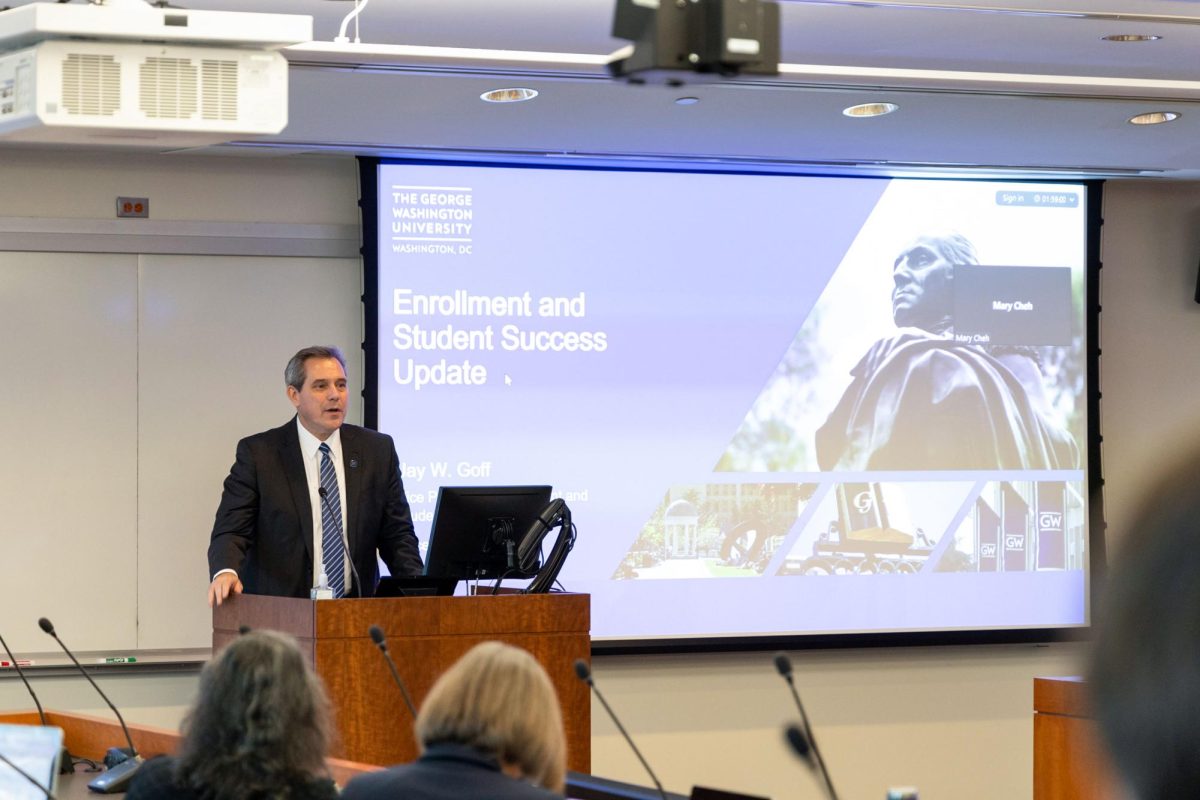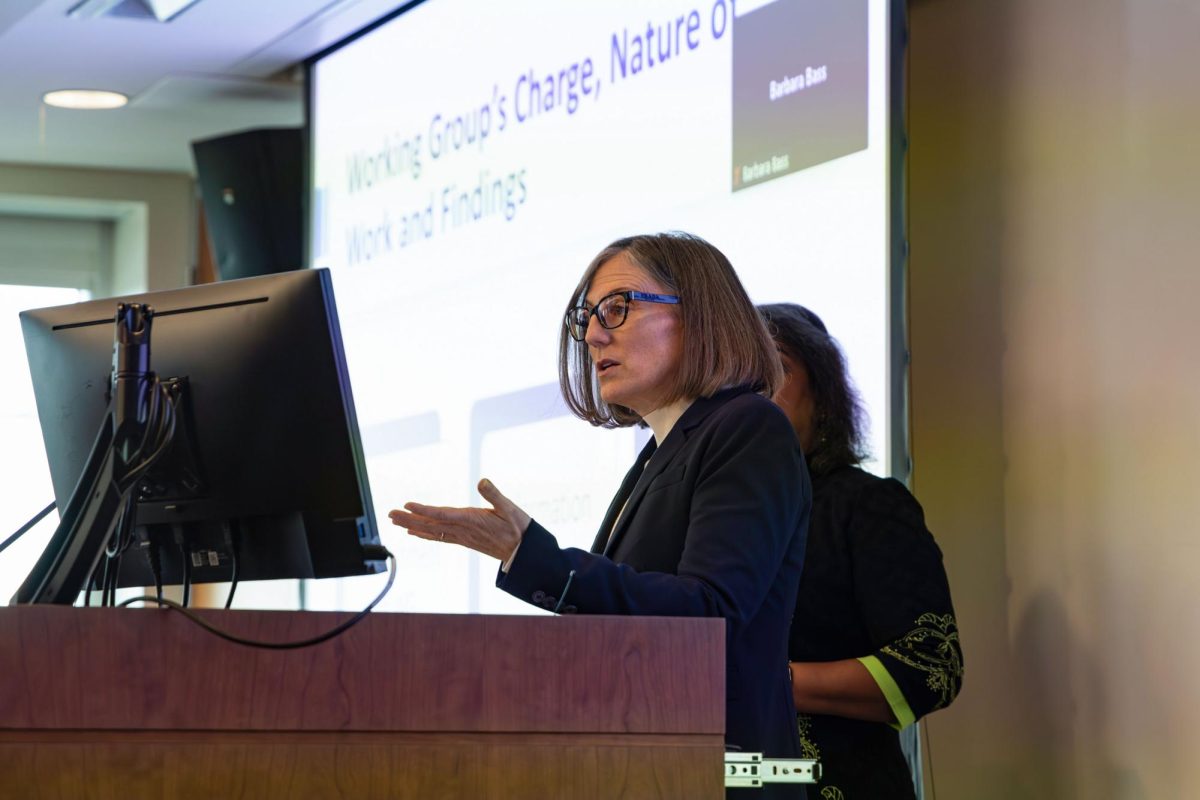The GW Innovation Center announced their intention to become a zero waste facility Sunday, with hopes of diverting 90 percent of the center’s solid waste from a landfill through recycling methods and reuse materials.
The center’s Zero Waste Management Plan states that GWIC identified six types of waste produced in their facilities — recyclables, 3D Print waste, textile waste, non-recyclable plastics, food waste and electronic waste — and includes recycling techniques for each material. The transition to zero waste is a continuation of the GWIC’s commitment to circular design, the practice of creating reusable and recyclable projects, according to the plan.
Erica Cusi Wortham, a professorial lecturer and GWIC’s director, said recycling is fundamental to the center. She said almost all tools used in GWIC are recycled, like the center’s 3D printers, which were heading for a landfill before GWIC repaired them.
Wortham said she started a waste lab in the center to study its own waste streams and discover how students who use the center can reuse and recycle alternative materials, like wood and electronics.
“Here, we’re able to really bring sustainability into how we work as part of our community,” Wortham said. “It’s part of how we take care of each other and our resources and materials.”
Aza Evans-Townsend, a senior and student staff member at GWIC, said they have assisted in the transition to zero waste by working with students who come into the center and have found students who use the center willing to learn about zero waste practices.
“Everyone’s really intentional and committed when they enter the space,” Evans-Townsend said. “We make it very clear to any new people who walk in and have questions about our belief system, we try to help them figure out how to manage that because it’s not something everyone’s educated on and knows.”
One of GWIC’s largest waste sources is the extra polylactic acid produced when objects are 3D printed, according to the zero waste plan. The plan states that the center now breaks this waste down into small flakes to be melted into usable 3D printer filament, which reduces costs for the center.
GWIC is also encouraging students to incorporate circular design into their projects by turning any non-recyclable plastic into ecobricks, a building material made of plastic bottles stuffed with small pieces of non-recyclables. The center then redistributes the ecobricks to center users as material for their projects, according to the plan.
The plan states that GWIC also collects textile and electronic waste for recycling, as well as standard recycling and compost.
Bella Kumar, a junior and student staff member, said she wrote the Zero Waste Management Plan to set an example for the rest of GW. Kumar said she found electronic waste to be the hardest to eliminate due to the lack of technology dedicated to recycling electronics.
“The main way that we cut down on e-waste is by minimizing its use,” Kumar said. “We don’t use a lot of new electronics at all, and we reuse them constantly.”








